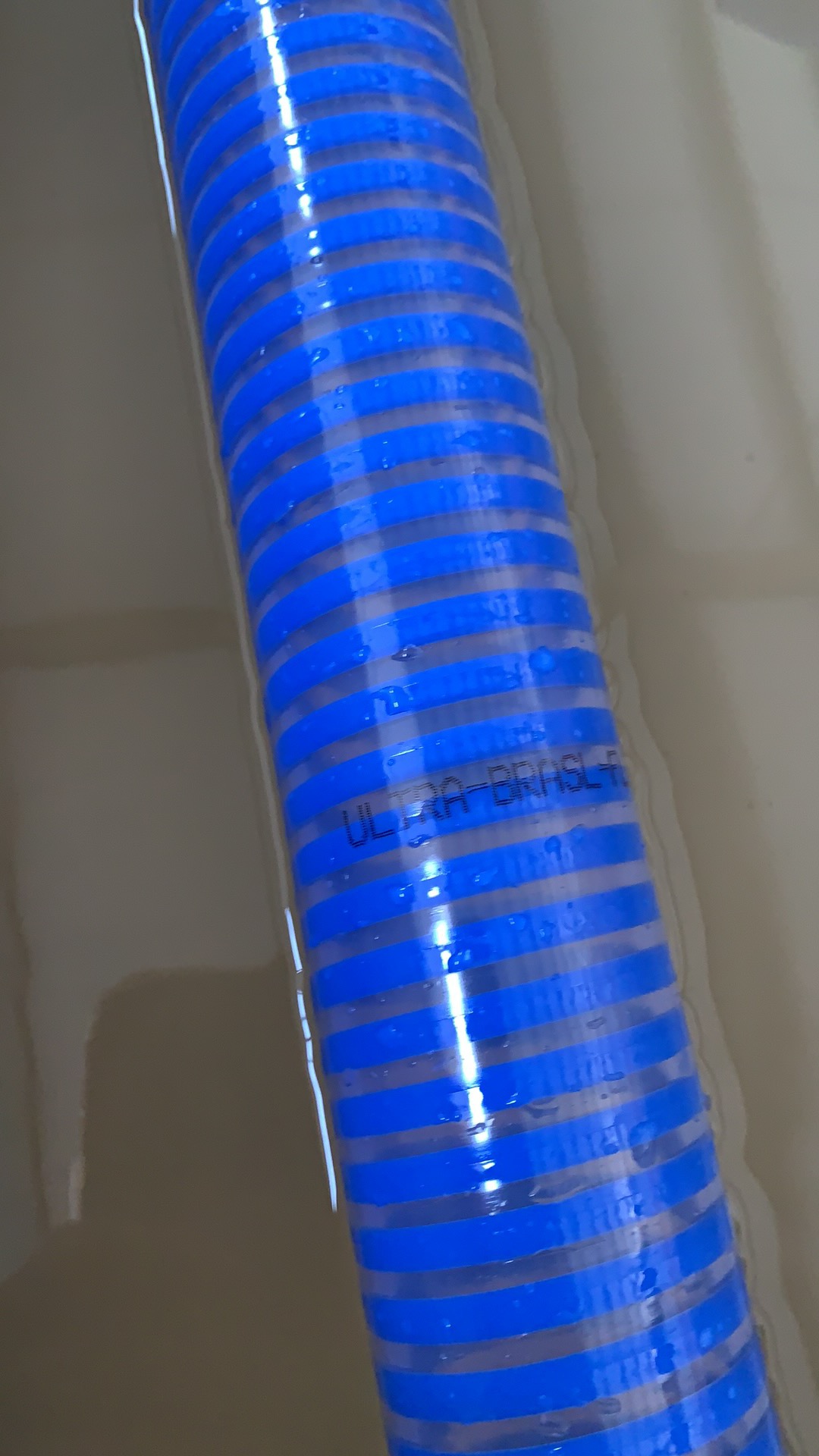vent hose
Understanding Vent Hoses Importance and Applications
Vent hoses are an essential component in various industries, serving critical functions in fluid transport and ventilation systems. Their primary purpose is to facilitate airflow, prevent the buildup of gases, and ensure the efficient operation of machinery. This article delves into the significance of vent hoses, their applications, and factors to consider when selecting the right hose for specific needs.
What is a Vent Hose?
A vent hose is a type of tubing designed to channel air or gases to and from a specified area. It is typically made from materials that can withstand various environmental factors, including temperature fluctuations, chemical exposure, and mechanical wear. The design of vent hoses can vary significantly based on their intended use, with some being flexible for easier installation and others being rigid for durability and pressure resistance.
Importance of Vent Hoses
1. Safety One of the primary reasons for using vent hoses is to maintain safety in both residential and industrial settings. By allowing the safe release of harmful gases, such as carbon monoxide or volatile organic compounds (VOCs), vent hoses prevent the accumulation of toxic substances that can pose health risks to individuals. Proper ventilation is critical in spaces where combustion processes occur, such as in heating systems, engines, or industrial processes.
2. Efficiency In many applications, vent hoses play a key role in enhancing operational efficiency. For instance, in automotive systems, vent hoses help regulate the pressure within fuel tanks, ensuring that the fuel delivery system operates optimally. In HVAC systems, vent hoses contribute to the effective distribution of air, maintaining comfortable indoor conditions while minimizing energy consumption.
3. Environmental Impact Vent hoses are also crucial in minimizing the environmental impact of various processes. By facilitating the controlled release of gases and vapors, they help industries comply with environmental regulations. This is especially important in manufacturing and chemical industries, where proper venting can significantly reduce emissions and pollutants.
Applications of Vent Hoses
Vent hoses are used in a multitude of applications across different sectors
1. Automotive In vehicles, vent hoses are commonly found in the fuel system, where they help manage pressure and prevent vapor lock. They are also used in the ventilation of the engine compartment to dissipate heat and gases produced during operation.
vent hose

2. HVAC Systems Vent hoses are integral to heating, ventilation, and air conditioning systems. They help channel conditioned air throughout a building, ensuring consistent temperature control and air quality.
3. Industrial Equipment In manufacturing environments, vent hoses are used to transport exhaust gases from machinery, reducing the risk of buildup that can lead to dangerous situations. They are also employed in processes like paint spraying, where they facilitate the safe expulsion of fumes.
4. Marine Applications Boats and ships utilize vent hoses for various purposes, including the ventilation of fuel tanks and bilges. Proper ventilation is vital for preventing gas vapors from accumulating and ensuring the safety of crew and passengers.
Factors to Consider When Choosing a Vent Hose
Selecting the appropriate vent hose for a given application involves several considerations
1. Material Compatibility Different materials have varying resistance to chemicals, temperatures, and physical stress. It is crucial to choose a hose material that can withstand the specific conditions of the application to prevent degradation or failure.
2. Diameter and Length The size of the vent hose must be suitable for the system it will serve. An improperly sized hose can lead to restrictive airflow or leaks, compromising performance.
3. Flexibility and Durability Depending on the application, the flexibility of the hose may be an important factor. Flexible hoses are easier to install in tight spaces, while rigid hoses may provide greater durability in high-pressure situations.
4. Regulatory Standards In certain industries, vent hoses must comply with specific regulatory standards. It is essential to ensure that the selected hose meets all relevant safety and environmental regulations.
Conclusion
Vent hoses play a pivotal role in ensuring safety, efficiency, and environmental protection across various industries. By understanding their importance and applications, as well as the key factors in selecting the right hose, businesses and individuals can make informed decisions that enhance operational performance and safety. Whether in automotive systems, HVAC setups, or industrial processes, vent hoses are vital components that facilitate effective ventilation and fluid management.
-
Unrivaled Performance and Applications of PU Pneumatic Hoses and TubesNewsJun.11,2025
-
The Transparent World of Industrial Tubing and Hosing SolutionsNewsJun.11,2025
-
The Intricate World of Pneumatic Conduits: Tubes and HosesNewsJun.11,2025
-
The Dynamic Landscape of Pneumatic Conduits: Unraveling Key ComponentsNewsJun.11,2025
-
The Diverse Applications and Significance of Transparent PVC TubingNewsJun.11,2025
-
High - Pressure Pneumatic Tubing and Systems: An In - Depth LookNewsJun.11,2025














